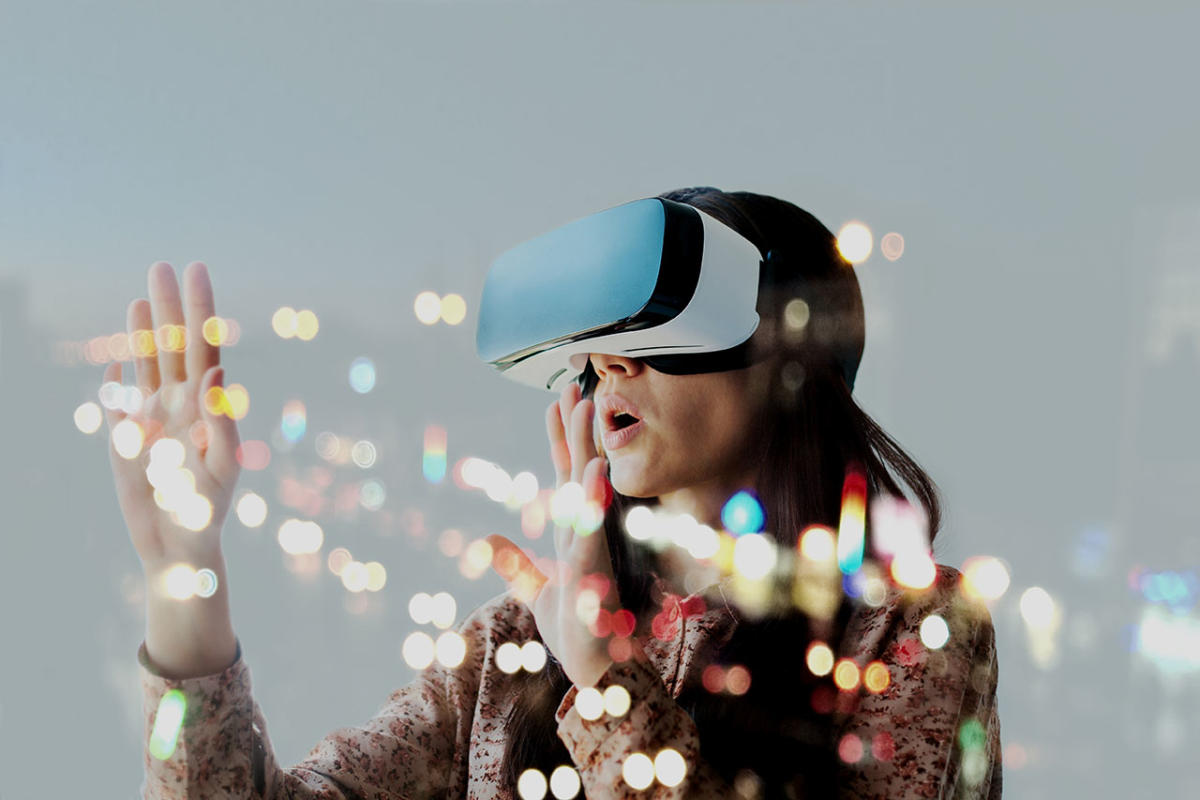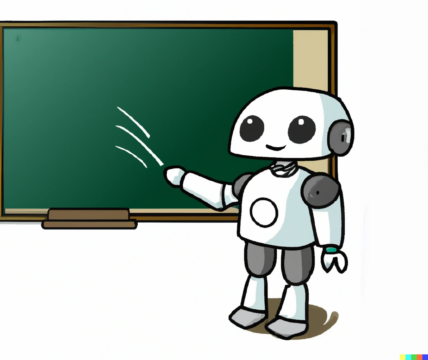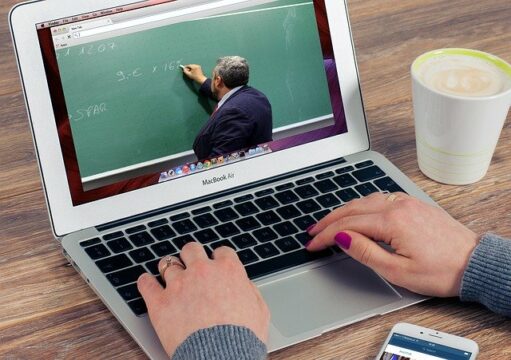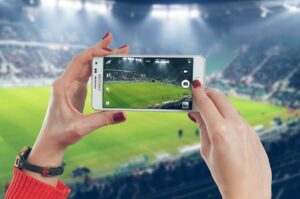Advanced technologies are embracing their presence across the industry. The education industry has witnessed one significant leap over the years. The traditional classroom has now been revamped into the Smart Classroom. In addition, Augmented Reality (AR) / Virtual Reality (VR) / Mixed Reality (MR) and gamification are driving a new phase in the education ecosystem.
Read more: Can EdTech replace classroom learning?
Of all the advancements, VR is playing an imperative role across the education ecosystem. A simulated environment that can be viewed in 360 degrees provides a more immersive experience than simple interfaces. According to a report by Fortune Business insight, the global virtual reality in education market size was US$656.6 million in 2018 and is projected to reach US$13,098.2 million by 2026, exhibiting a CAGR of 42.9% during the forecast period.
What VR offers to education?
The field of education has seen a significant transformation after the introduction of VR, which has led to the development of novel teaching and impeccable learning techniques. It has made learning possible beyond those four walls. One can say that training and educating students about topics that are hard or impossible to learn is not a dream any more.
Though VR is still in its early stages, its potential to transform education is limitless
Though VR is still in its early stages, its potential to transform education is limitless. Here
are a few examples of how VR is transforming education:
Science and engineering: VR is being used to simulate laboratory environments where students can conduct experiments without the risk of accidents or the need for expensive equipment. This technology is also being used to teach engineering concepts and allow students to visualise and manipulate 3D models of complex systems.
Medical training: Not only education, VR is being used to simulate medical procedures and surgeries, allowing students to practice in a safe environment before working with real patients. This technology is also being used to train medical professionals at critical times of emergencies.
History and social studies: VR is being used to transport students to historical events and places, allowing them to experience and interact with history in a way that is not possible through traditional textbooks. This technology is also being used to teach cultural and social awareness by exposing students to different perspectives and ways of life.
Language learning: VR is being used to immerse students in a foreign language environment, allowing them to practice speaking and listening in a realistic context. The knowledge about different cultures and customs are also being taught to students using this technology.
Benefits of VR for students
VR has numerous benefits for students in education. Here are some of the most
significant benefits of using VR in education for students:
Enhanced engagement: VR can create a more immersive and engaging learning experience for students. This type of engagement can help students improve their motivation and interest in learning.
Improved retention: VR can create a more memorable learning experience for students, which can help to improve their retention of the material being taught.
Personalised learning: Customised learning experiences that are tailored to the individual needs and abilities of each student can be curated using VR. Personalised learning can help
students improve learning outcomes. Moreover, it ensures that every other student is challenged appropriately.
Experiential learning: VR can be used to create simulations that allow students to experience real-world scenarios in a safe and controlled environment. This can help to prepare students for real-world situations and improve their critical thinking and problem-solving skills.
Access to remote locations: VR can provide students with access to remote or hard-to-reach locations that they may not be able to visit in person. This can help to broaden their horizons and provide new learning opportunities.
Benefits of VR to educators
The use of VR in education can provide many benefits for educators, including enhanced engagement, personalised learning, increased accessibility, safe and controlled learning environments, and data analysis. These are explained as under:
Increased accessibility: With VR, teachers can make it easier for students to learn different topics in an easy way. Students with disabilities or learning di?culties like unable to understand the educational concept in text form can make use of such technology to understand the key concept.
Safe and controlled learning environments: VR can be used to simulate hazardous or dangerous environments in a safe and controlled way. For example, it can be used to simulate laboratory experiments or emergency situations without the risks associated with real-world scenarios.
Data analysis: With VR, educators can collect data on how students interact with the virtual learning environment. This can help to identify areas where students are struggling and provide valuable feedback on the effectiveness of the teaching methods.
Read more: Union Budget 2023: EdTech education & skilling
It is true to say that VR is the future of education and a remarkably effective teaching tool. Enabling immersive teachings with a lasting impression, these VR learning opportunities boost academic performance and assist in overall development.
VR technology can also be used to create personalised learning experiences for students, which can cater to the diverse needs and learning styles of different students. Not to forget, VR technology can provide a safe environment for students to experiment and make mistakes, which can help them build confidence and develop their skills.

Guest contributor Nihar Sripad Madkaiker is the Co-founder and VP of Product and Strategic Alliances, iXR Labs, a new-age EdTech startup offering highly immersive, interactive and insightful virtual reality lab experiences. Any opinions expressed in this article are strictly that of the author.











